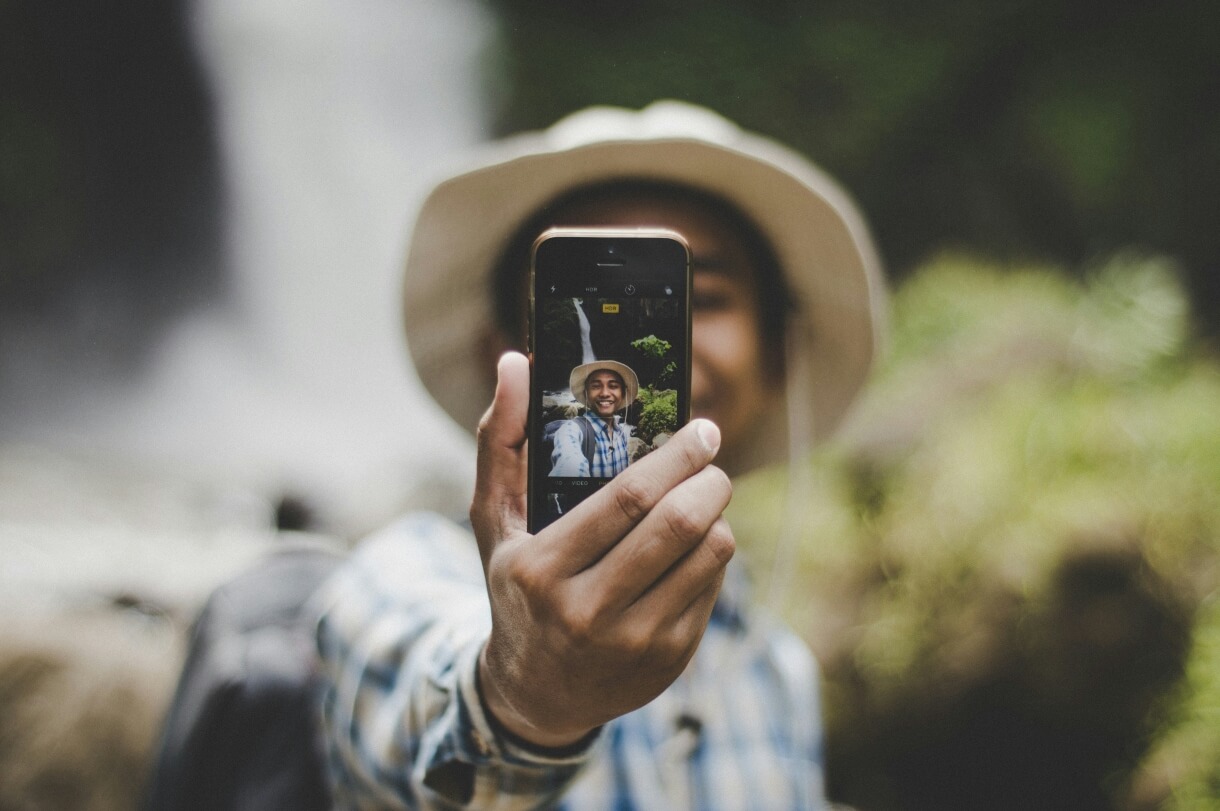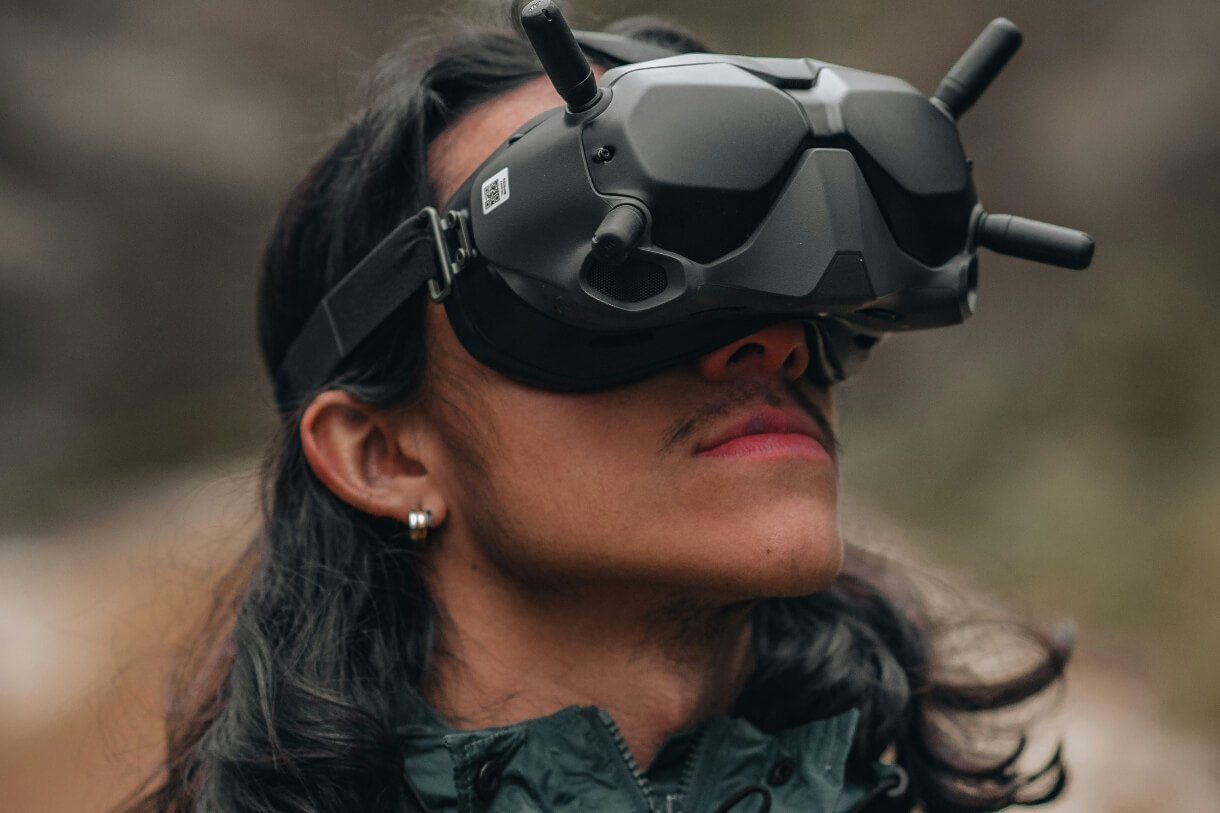In the dynamic world of hospitality and travel, where experiences matter as much as the services provided, the ability to tell a compelling brand story is crucial. In this article, we’ll explore the domain of design thinking and how it can be a powerful tool for crafting narratives that resonate with guests and create a lasting impact.
What is design thinking
Design thinking is a problem-solving and innovation methodology that originated in the field of design but has since been applied to various other disciplines and industries. It emphasizes a human-centered approach to problem-solving — an approach that prioritizes understanding the needs, behaviors, and perspectives of the end-users or stakeholders involved in a particular problem or challenge. It places a strong emphasis on designing solutions that resonate with the people who will use or be affected by them.
Design thinking is often described as an iterative process, meaning that it’s not necessarily a linear sequence, and the stages may be revisited as needed. This iterative nature allows for continuous refinement and improvement of the solutions. Design thinking is widely used in product development, service design, and organizational problem-solving, as it provides a flexible framework for tackling complex and ambiguous challenges. It encourages a collaborative and user-centric mindset, fostering innovation and creative problem-solving.
Why storytelling is important in business
Storytelling and design thinking can be powerful tools when creating offers for the travel or hospitality sector.
Stories capture attention and engage audiences more effectively than dry, factual information. In an industry where attention-grabbing content is crucial, storytelling can create a narrative flow that keeps potential customers interested and invested in the offer.
It can be used to craft narratives that resonate with their emotions and aspirations, articulate the core message or narrative that will guide your offer, and develop a narrative that unfolds across the various touchpoints a customer encounters. By combining these approaches, you can create a more engaging and customer-centric experience.
Well-crafted stories inspire and fuel the imagination. They allow travelers to envision themselves in a destination, experiencing the offered services, and fulfilling their travel aspirations.
A compelling narrative can shape a unique brand identity and communicate the values and personality of a hospitality or travel service, helping it to be memorable and distinguishable.
Where can I use storytelling in my travel/hospitality business
Storytelling can be applied across various aspects of your travel and hospitality business to enhance your marketing, customer experience, and overall brand presence.
Website Content:
- Craft compelling narratives on your website to introduce your brand, highlight your services, and convey the unique experiences customers can expect. Use storytelling to create engaging About Us pages, destination guides, and service descriptions.
Social Media:
- Utilize social media platforms to share micro-stories, updates, and behind-the-scenes content. Use platforms like Instagram and Facebook to visually tell the story of your travel experiences, accommodations, or the local communities you engage with.
Email Marketing:
- Infuse storytelling into your email campaigns. Use narratives to introduce special promotions, announce new destinations or services, and provide updates on your business. Storytelling can help create a more personal and engaging connection with your email subscribers.
Marketing Collateral:
- Integrate storytelling into your brochures, pamphlets, and other marketing materials. Use visuals, text, and narratives to communicate the unique selling points of your travel packages, accommodations, or services.
Video Content:
- Create engaging video content that tells the story of your brand, showcases travel experiences, or provides virtual tours of your accommodations. Video is a powerful medium for storytelling and can be shared on your website, social media, and other platforms.
Event and Experience Promotion:
- When promoting special events, packages, or exclusive experiences, tell a story around them. Describe the unique features, the atmosphere, and the emotions that participants can expect, creating anticipation and excitement.
Design Thinking in Shaping Storytelling: A Pathway to Emotional Connection
In the dynamic landscape of the hospitality industry, where experiences are as crucial as physical spaces, the integration of design thinking and storytelling becomes a powerful strategy for creating emotional connections with guests. This approach transcends aesthetics and delves into the narrative woven into the brand’s design, fostering a sense of belonging and loyalty.
Here is a short step-by-step guide on how to use a design thinking framework to create better stories for your trave/hospitality brand.
Phase 1: Define Your Ideal Guest’s Pain Points
To truly connect emotionally, hotel and resort owners must first understand the needs and pain points of their ideal guests. Empathy plays a crucial role in this phase, requiring a deep dive into the guest’s perspective. Observing the behaviors of returning clients, both online and offline, can reveal patterns and decision paths. Surveys, questionnaires, interviews, and casual conversations with staff provide additional valuable insights. Identifying and understanding these pain points lay the foundation for a more personalized and empathetic approach to design.
Phase 2: Create a Guest’s Persona
Crafting a guest persona is where storytelling skills come into play. This phase involves organizing the gathered information and imagining the ideal guest as a distinct character. It’s about being specific and reasonable, breathing life into demographic data by incorporating personal preferences, motivations, and challenges. This persona becomes the protagonist in the narrative that the design will convey, ensuring that the emotional connection is tailored to a relatable individual.
Phase 3: Guest Journey and Empathy Map
Mapping out the guest journey from initial inspiration to post-stay reflections helps identify touchpoints and emotional experiences. Understanding what the ideal guest does, thinks, and feels at each stage of the decision-making process is essential. This phase involves creating an empathy map to visualize the guest’s perspective, allowing for a more profound understanding of their emotions, needs, and motivations. The goal is to align every interaction and design element with the guest’s emotional journey.
Phase 4: Draft Your Offer
Armed with a deep understanding of the ideal guest’s pain points, persona, and journey, the next step is to draft an offer that resonates emotionally. Addressing all identified needs and preferences, this stage involves creating a narrative within the offer that aligns with the guest’s story. From room design to service offerings, each element contributes to the overarching narrative, creating a cohesive and immersive experience.
Phase 5: Test
The final phase involves testing the designed experience and gathering feedback. Guests are invited to provide insights into their reactions, preferences, and suggestions. This iterative process allows for refinement and improvement based on real-world feedback, ensuring that the emotional connection is not only intentional but also effectively communicated. Continuous testing and refinement contribute to the ongoing evolution of the narrative, creating a dynamic and resonant connection with guests over time.
In conclusion, the marriage of design thinking and storytelling in the hospitality industry is a strategic approach that transcends the physical aspects of spaces. It transforms the guest experience into a narrative, fostering emotional connections that go beyond transactions, ultimately leading to increased guest satisfaction, loyalty, and advocacy.





